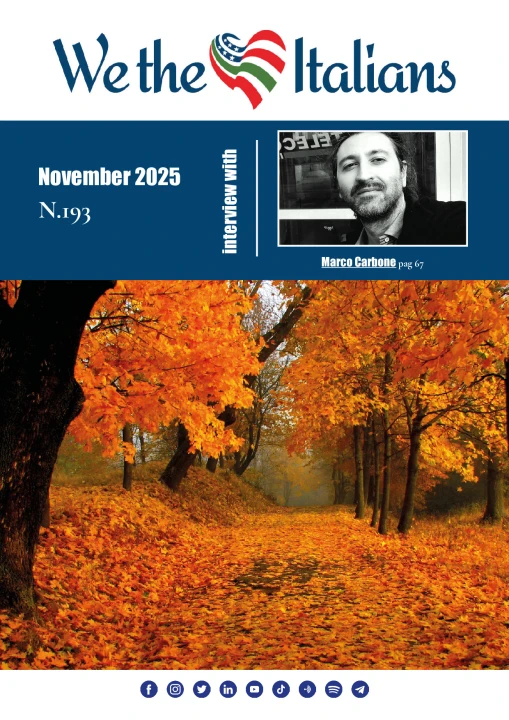Throughout the thousand-year reign of the Roman Empire, disparate populations began to connect in new ways — through trade routes, economic and political collaboration, and joint military endeavors. Now, an international team led by Stanford Medicine researchers has used genetic material from ancient skeletons to assemble a detailed picture of travel and migration patterns during the empire’s height.
Their study, published online Jan. 30 in eLife, analyzed the DNA of thousands of ancient humans, including 204 who had not been previously sequenced. It showed just how diverse many areas of the Roman Empire were: At least 8% of individuals included in the study did not originally come from the area of Europe, Africa or Asia in which they were buried.



